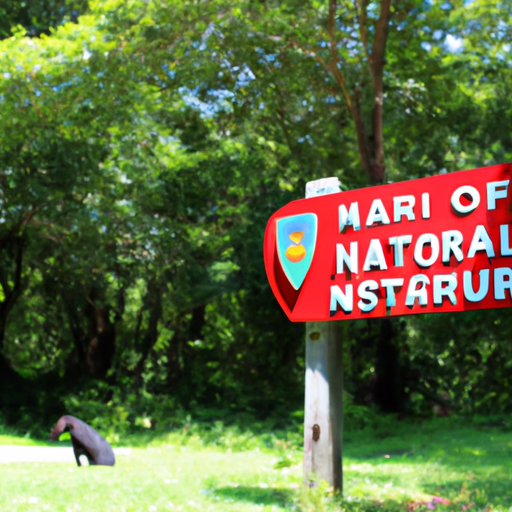If you’re a dog owner and a nature enthusiast, you’ve probably wondered, why aren’t dogs allowed in national parks? It’s a valid question, especially considering that our furry friends seem to enjoy the great outdoors as much as we do. However, there are several reasons for this rule, and once you understand them, they make a lot of sense. This article aims to provide a comprehensive look at this topic to help you understand better why this policy is in place.
Table of Contents
- The Impact on Wildlife
- Disease Transmission Risks
- Protecting Your Dog
- Exceptions to the Rule
- FAQs
Key Takeaways
- Dogs can disrupt wildlife and their habitats
- Pets can transmit diseases to wildlife and vice versa
- Some national parks do allow dogs in certain areas
- It’s crucial to respect park rules for the safety of all
The Impact on Wildlife
National parks serve as safe havens for wildlife. These areas are often the last vestiges of undisturbed habitats for many species. Dogs, being natural predators, can pose a threat to these animals. Even the scent of a dog can cause unnecessary stress for wildlife, altering their natural behavior and potentially affecting their survival.
The National Park Service details the impact of dogs on wildlife quite comprehensively. Also, the article on OneTopDog explains dog behavior, helping to understand why they might pose a threat to wildlife.
Disease Transmission Risks
Another reason dogs aren’t allowed in national parks is because of the potential for disease transmission. Dogs can carry diseases that are harmful to wildlife, and vice versa.
For instance, your dog might pick up ticks that carry Lyme disease, or contract leptospirosis, a bacterial disease found in the urine of wild animals. The Centers for Disease Control and Prevention have more information about these and other diseases.
Protecting Your Dog
Besides the potential threat to wildlife, it’s also about protecting your dog. National parks can be dangerous places for pets. There are risks of encounters with larger predators, hazardous terrains, and poisonous plants.
OneTopDog offers a detailed guide on how to keep your dog safe during outdoor adventures, which is a must-read for all pet owners who enjoy venturing into the wilderness with their furry friends.
Exceptions to the Rule
While many national parks do not allow dogs, there are exceptions. Some parks have specific trails where dogs are allowed, as long as they are on a leash. Always check the specific rules for the park you plan to visit.
OneTopDog has a handy list of dog-friendly national parks you might find useful.
Frequently Asked Questions
-
Are there any penalties for bringing a dog into a national park?
Yes, you can be fined for bringing a dog into a national park where they are not allowed. -
Are service animals allowed in national parks?
Yes, service animals are allowed in most areas of national parks. -
What can I do if I want to visit a national park but I have a dog?
Consider leaving your dog with a trusted caretaker, or check if the park has kennel services.
In conclusion, while it might seem disappointing that dogs aren’t allowed in many national parks, the reasons behind this rule are solid and based on protecting both the wildlife and our pets. By understanding and respecting these rules, we contribute to conservation efforts and ensure that our national parks continue to be sanctuaries for wildlife.



